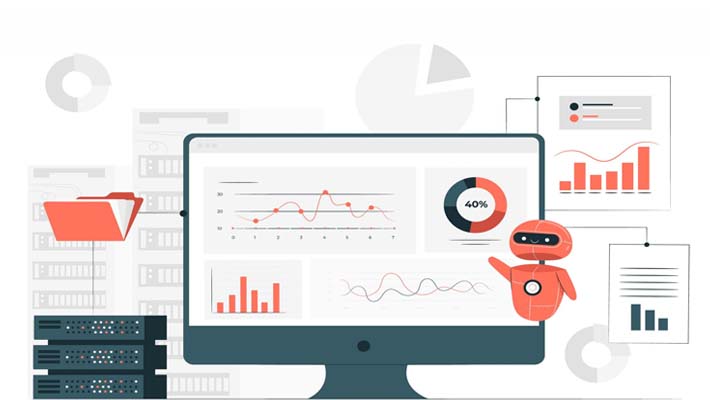
We all know that there are two types of Data.
- Qualitative Data – Data that gives us a description or an opinion of people, items, products, services. This Data can be colored with emotions but is considered as first-hand Certainly, this is going to bring a smile to every journalist’s face. Simply because they think it’s straight out of the horse’s mouth and fresh for the press! But whatever it is this data certainly bags you extra brownie points! Qualitative data answers the How and Why to the posed question.
- Quantitative Data – As the name suggests, this data relies heavily on numbers. This data is collected and summarised using fitting tools, like surveys, statistics, questions, and more (basically every tool that fittingly captures numbers). This is why this is considered second-hand information. Also, something that makes enterprises happy, as they love anything that is measurable! After all the fate of profitability rests on numbers and the ability to number crunch! In a nutshell, Quantitate data answers the How and the Many to the question posed.
Under Qualitative and quantitative you have two types each. Let’s explore the same.
Nominal data – This is based on the characteristic trait possessed by the product. For instance colors like red, pink, yellow, green… another example would include course types, for instance, Data Analytics, Data Scientists (yes they are different which is why we’ve brought them up), Business Intelligence, Full Stack Java Development, and so on and so forth. The questions are more open-ended in nature.
Ordinal Data- This data can be placed with a certain hierarchy. Perhaps great for defining the quality of a product or service. We often see this at restaurants when they present us with the feedback form. For example – How was the food? – Excellent, Very Good, Good, Average, Terrible!
QUANTITATIVE DATA
Ratio Data – The values of this data can be arranged on a scale. Usually, there is a uniform distance between the two values. The type of data is often used to cite consumer behavioral patterns. The numbering in the Ratio Data cannot have a negative value
Interval Data – As the name suggests the values can be arranged at regular intervals. These values can be added or subtracted, but not multiplied or divided. One can come up with a negative valuation using interval data.Great for understanding the strengths and the weaknesses of the market, and perfectly employed for SWOT analysis.
After understanding the above we cannot just ignore the kind of data that can be procured from programming languages like Java, and C.
Let’s Explore what comes under the same.
Java
Jave has been divided into two data types. These include primitive and non primitive. The Primitive data is defined, and is further divided into 8 variables. The non-primitive data is usually designed by programmers itself, but have not been emboldened by the Java Language itself.
C Language
The C language data is further divided into four types.
- Basic – The basic is further divided into Char, Int, Float, and Double.
- Enumerated – Primarily comprises innate consonants. Enum keywords interpret the integer. Enum makes it easier for end-users to recall values. The data type is flexible as users have the option to fix the default settings.
- Void – Just as the name suggests, it is a data type that does not have a value. It is used by programmers when they do not need to put a return value.
- Derived Data is further divided into four variants. These include Array, Pointers, References, and Functions. The function works like a time-saver for programmers. Programmers do not have to repeat the same line while coding. The Array is when multiple variables are located at different places and eventually collected together. Symbols are used to represent certain addresses. These are better known as Pointers. References are alternative names given to variables.
The above-mentioned definitions and codes could prove to be dizzying for those who’re oblivious of terms often used by Data Analysts, but once you’ve become a pro at programming, then probably these wordy illustrations could make a little more sense. There is a growing demand for data analysts witnessed the world over. Who knows you could just hit jackpot if you’d master your way around incorporating these terms in the practical space!
Register now
https://bit.ly/3HpAsa0 in Advanced Certification Program in Data Analytics (with 110% Job Guarantee)









